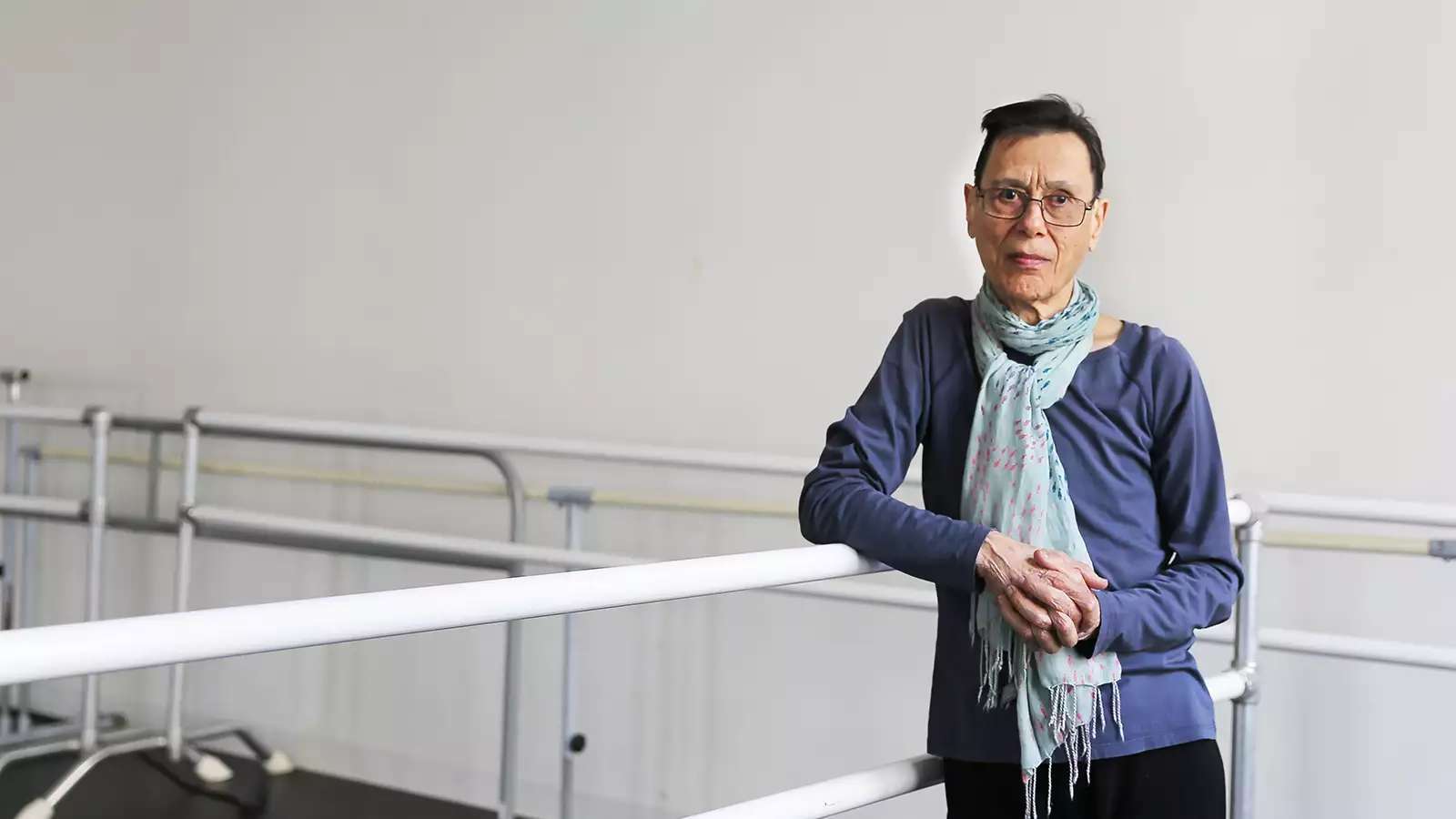
In 1966, Yvonne Rainer revolutionized modern dance with a solo piece titled Trio A. Unaccompanied by music, it was a four-and-a-half-minute series of movements and gestures, jumps, twists, turns of arms, feet, shoulders, hands.
Since then, she has turned her minimalist, avant-garde aesthetic not only to choreography and performance but also to filmmaking (including her 1974 masterpiece, Film About a Woman Who...), conceptual art, and back again to dance, winning in the process a MacArthur “genius” grant, two Guggenheim Fellowships, and three Rockefeller Fellowships.
Now add to this list the title of Lida A. Orzeck ’68 Distinguished Artist-in-Residence at Barnard. Rainer, still a practicing artist at age 84, will serve in that capacity for the duration of the 2019 calendar year.
“She’s an example of excellence,” says Anne Higonnet, the Ann Whitney Olin professor of art history who helped connect Rainer and Orzeck. Orzeck is a Barnard Trustee who endowed the artist-in-residence fund with a substantial gift in 2015. Rainer, Higonnet continues, demonstrates “the benefits of extremely hard work over decades and of courageously acting according to your convictions even when they’re very unfashionable.”
These days, Higonnet points out, “we look at how Yvonne reimagined dance and how women’s bodies could assert themselves in the public sphere, and we say, ‘Of course!’ But we can say ‘Of course!’ because Yvonne led the way more than 50 years ago.”
Rainer spoke on campus recently at screenings of her films and led an intensive workshop called “Texts/Objects/Movement: Metaphors for Performance,” during which students explored the creative process through exercises based on her work. “I hope that my workshop has exposed them to a wider range of possibilities in this category called ‘dance,’ ” Rainer says of the program. In the fall, she will set one of her dances for Barnard students to perform and will participate in various classes, including a seminar about experimental performance that focuses on Rainer’s creative output and its enduring legacy.
Higonnet says Rainer has “had a galvanizing effect” on faculty and students alike. The faculty, she says, is “acutely aware of how important the long-term quality of her achievements are.” And the reaction of students has been one of “reverence. It’s a little like encountering a very beautiful, powerfully durable tree. It’s beyond the scale of their lives. She’s expanding their time frame, just by being her.
“One of the signature traits of her work was always that it was so affirmative about women’s physical presence in the world,” Higonnet says. “That made her seem like a natural for Barnard.” •
